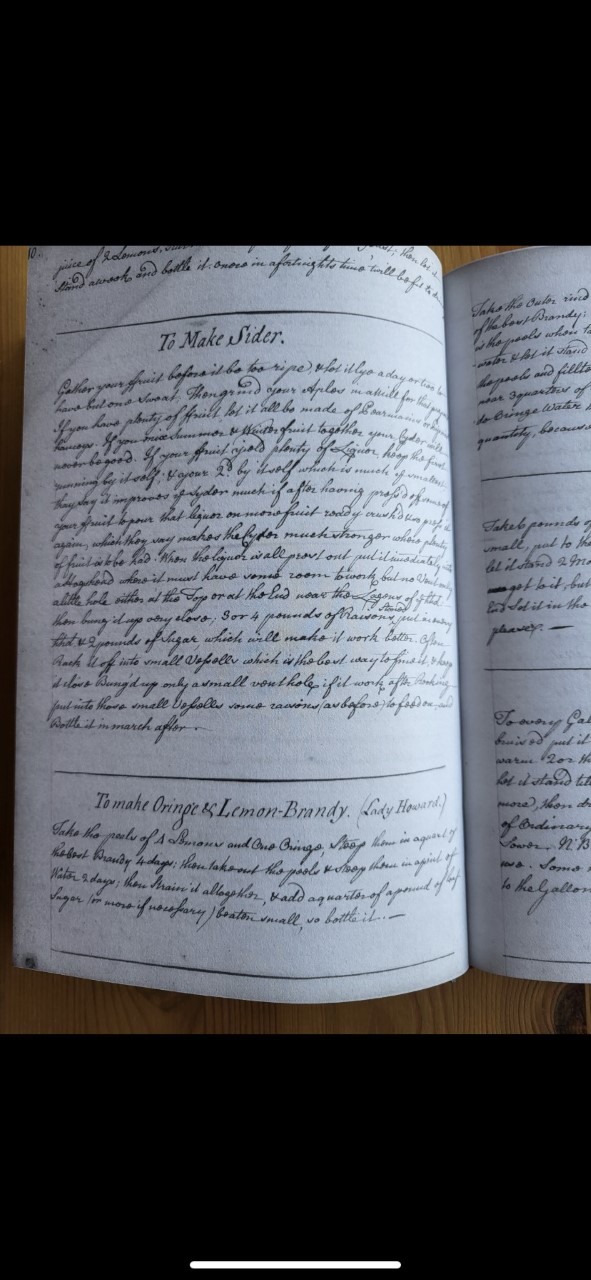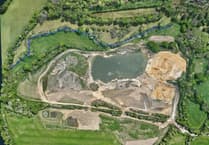At Christmas we follow old and sometimes curious traditions – but the Christmases of those only a few hundred years before us, while different, still revolved around family, friends and food.
Nestled in the Hampshire countryside lies a truly remarkable hidden gem that allows us to have a glimpse of life in the Georgian era.
The Chawton House estate is mentioned as early as the Doomsday Book. However, the Elizabethan manor house is best known as the home of Jane Austen’s brother Edward Knight and The Centre for the Study of Early Women’s Writing.
Walking through the house with volunteer Caroline Frisby, it is decorated with lights and Christmas trees – but how would the house have looked at this time of year to Jane and her family?
A month of festivities
Christmas in the Georgian era was not celebrated on December 25 but rather from December 6 (Saint Nicholas’ Day) to January 6 (Twelfth Night). This month was taken up with family visits, gift giving, balls and acts of charity. The Georgians would also have a Christmas yule log. But unlike the chocolate one that is familiar to us, this would have been an actual log, dragged in from the estate, lit on Christmas Day and then left to smoulder until Twelfth Night.
Jane Austen herself would have enjoyed these festivities in the house where she spent much of her time upon moving to Chawton.
Mistletoe originated from another Georgian tradition. Kissing boughs were wreaths of ash or willow, decorated with rosemary, mistletoe and other festive plants placed above the door to welcome guests.
They did not, however, have Christmas trees, which were first seen by the British public in 1848 after Queen Victoria and her husband, Prince Albert, adopted the tradition from his native Germany.
Indeed, many Christmas traditions such as sending Christmas cards did not start until the Victoria era.
Chawton House still continues many of the Georgian Christmas traditions, some of which have been lost to time. The tradition of orchard wassailing, a ceremony to banish evil spirits to ensure a good harvest, is still performed at the house on Twelfth Night.
On the table
The Knight family cookbook (from around 1793), used by Jane Austen’s family, survives to this day and while it contains some rather odd dishes such as snail milk and ox-cheek pudding, festive favourites such as fig pudding and mince pies have survived!
It also reveals Christmas dinner in the Georgian era would not have been all too different from the one we recognise. For those who could afford it, there was always a turkey or goose, though venison was the meat of choice for the gentry. This was followed by the most traditional of festive treats, a Christmas pudding.
The house and library
Chawton House is a beautiful, picturesque house. Surrounded by swathes of parkland and the village of Chawton, it is now a centre of academic study, as well as a museum and gardens.
Walking through the house is like taking a stroll into another age – much of the panelling dates back to the 1600s and even the dining hall table from the time when Jane Austen would have been a guest is still there.
The time when Jane Austen lived in Chawton was her most prolific writing period and it is possible that some of her greatest works were written in the house.
The library houses an incredible collection of early women writing and an exhibition of the books is on display in the house.





Comments
This article has no comments yet. Be the first to leave a comment.